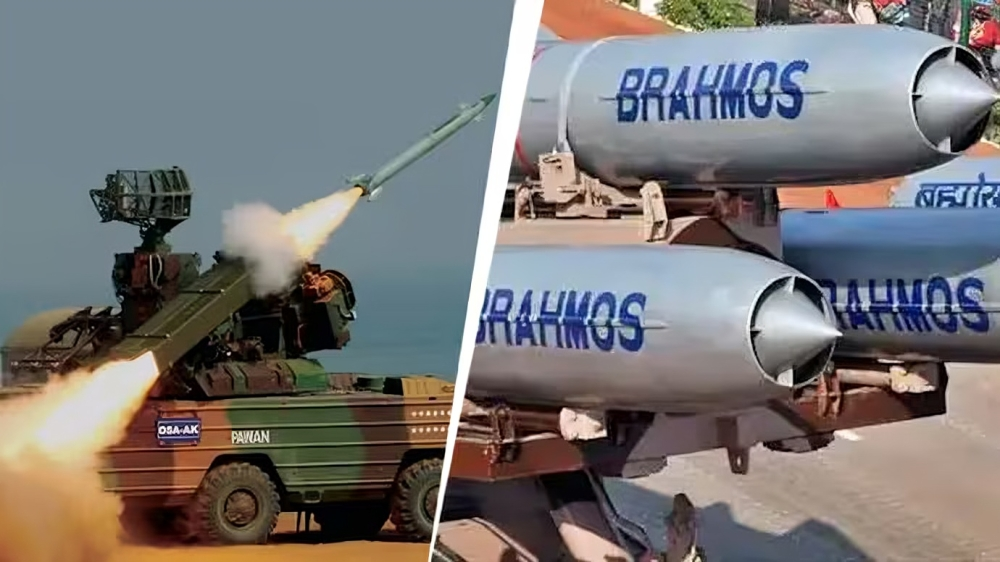Operation Sindoor: BrahMos and Akashteer Define India's Defence Strategy, Says DRDO Chief

Operation Sindoor, initiated on May 7, 2025, served as a pivotal demonstration of India's deployment of homegrown defence technology in response to the terror attack in Pahalgam on April 22, which resulted in 26 fatalities.
According to Samir Kamat, chairman of the Defence Research and Development Organisation (DRDO), the BrahMos supersonic cruise missile was the central weapon for the Indian Armed Forces during this operation. Predominantly launched from Sukhoi Su-30MKI aircraft, these precision strikes targeted terror infrastructure and Pakistani air bases, showcasing India's ability to execute swift, precise, and potent counteractions.
The Indian Air Force also utilized Rafale jets equipped with SCALP missiles and AASM Hammer bombs, while loitering munitions, M982 Excalibur precision artillery shells, and long-range systems added to the offensive capability. Analysts highlighted that the BrahMos missile, with speeds nearing Mach 3 and substantial versatility, effectively surpassed enemy air defences, including those perceived as more sophisticated than their Chinese counterparts.
On the defensive side, the indigenous Akashteer system, developed by Bharat Heavy Electricals Limited (BHEL), was central to India's air defence strategy. This mobile, automated command-and-control network integrated sensor data from both the Army and Air Force, offering early warnings, target tracking, and automated threat responses.
In the face of Pakistan's retaliatory strikes, Akashteer successfully intercepted and neutralised all incoming drones—whether kamikaze, reconnaissance, or loitering—achieving a 100% success rate. The system worked effectively alongside other defences like the Medium-Range Surface-to-Air Missile (MRSAM), minimizing reaction times and preventing incidents of friendly fire.
Prime Minister Narendra Modi praised the operation as a reflection of Atmanirbhar Bharat, emphasizing the harmony between domestically produced offensive systems such as BrahMos and AI-powered defensive technologies like Akashteer. Military leaders described the campaign as a strategic execution that balanced decisive action with caution to avoid civilian harm.
Operation Sindoor not only addressed immediate threats but also reinforced India's strategic deterrence, defence diplomacy, and its reputation for technological self-reliance. The operation highlighted the successful Indo-Russian collaboration on the BrahMos system and positioned India's defence research and development sector as a crucial component of national security.
By integrating state-of-the-art precision strikes with an impregnable air defence system, India demonstrated its capability to provide a politically calibrated and operationally effective military response to terrorism, setting a new standard for addressing future conflicts.



















